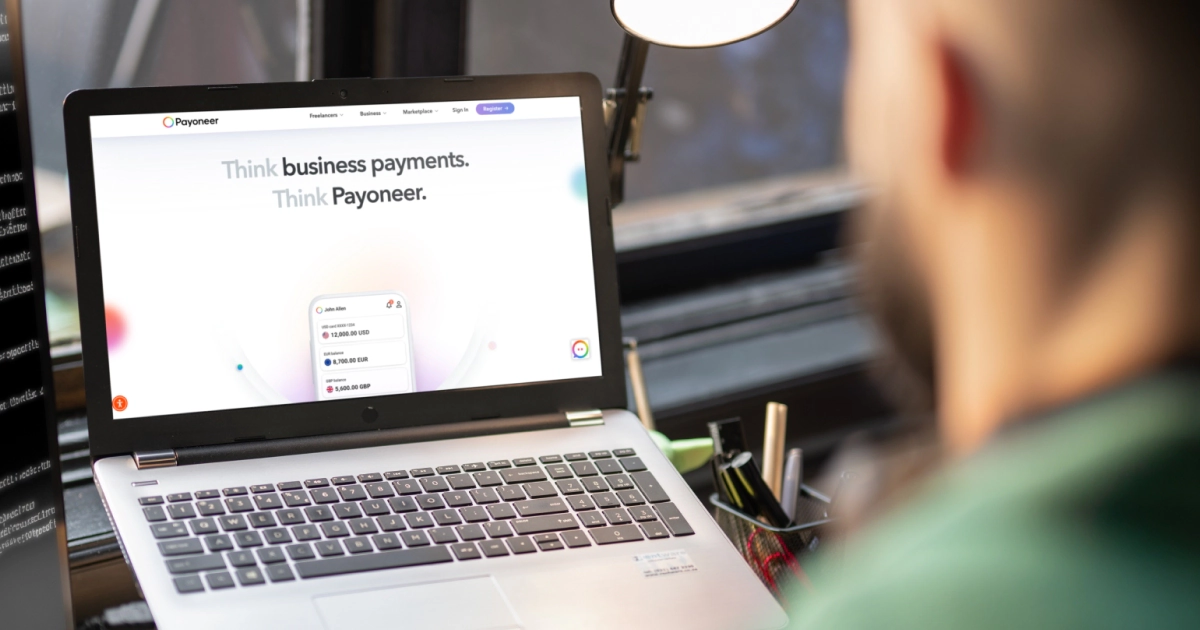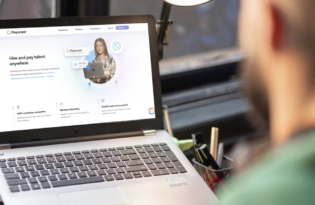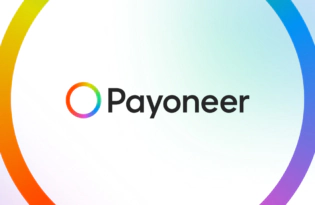Navigating phishing attacks: A guide to keeping your Payoneer account secure
Keeping your funds safe is our number one priority at Payoneer. While phishing attempts can happen, arming yourself with knowledge is key to keeping your data and money safe

Navigating phishing attacks: A guide to keeping your Payoneer account secure
Keeping your funds safe is our number one priority at Payoneer. While phishing attempts can happen, arming yourself with knowledge is key to keeping your data and money safe.
Phishing scams are attempts to access your sensitive data, often masquerading as trustworthy emails, SMS messages, or deceptive websites that look almost identical to Payoneer’s. Scammers aim to trick you into sharing personal details concerning your Payoneer account, cards, or passwords. However, with these simple tips, you can keep your account and your money safe.
Securing your Payoneer account
Be wary of malicious URLs disguised as a Payoneer website. Scammers may even add these convincing sites as Google search results to trick you into sharing your details without your knowledge.
Do the following to protect your account from fake Payoneer URLs:
- Look for spelling errors:
If a Payoneer URL contains a spelling error or unfamiliar words, this should instantly raise a red flag. The only official domain is payoneer.com. - Bookmark your Payoneer login page:
Skip email links and Google searches and go directly to your bookmarked login page. Better yet, use the Payoneer app when possible. - Check for the lock symbol:
The lock symbol that appears in the address bar indicates that the website you are visiting is secure. - Enable Multi-Factor Authentication (MFA):
This added layer of security will keep phishing attacks far away from your sensitive information. - Multiple verification codes sent during MFA. When logging in, a single one-time password will be sent to you. Payoneer will not send an additional code unless you request it, but a scammer might.
- Diversify your passwords:
Change them regularly (about every 6 months) and avoid using the same one across multiple platforms.
Phishing emails and SMS:
What to look out for
Scammers may also use email or SMS to carry out phishing attacks. Learn to spot these warning signs and keep your account safe:
- Incorrect sender’s address: Verify that the sender is from “@payoneer.com” and not a different source. In addition, keep your eyes peeled for tricky spelling mistakes in the sender’s address.
- Impersonal greetings: Payoneer communications are always personalized and will address you by name as opposed to something generic like “Dear customer”.
- Spelling or grammatical errors: Legitimate communications from Payoneer undergo rigorous checks, meaning such errors are virtually unheard of.
- Suspicious links: Hover over links before clicking to verify their destination.
- Requests for sensitive information: Never engage or interact with communications asking you to share sensitive details like your card number or password.
- Urgent language: Fear tactics asking you to urgently share sensitive information may signal potential scams.
- Attachments: Only open expected attachments to avoid spyware or viruses.
What should you do if you encounter a phishing attack?
If you suspect you’ve encountered a phishing attempt via website, email, or SMS:
- Do not log in and do not click or open links or attachments
- Take a screenshot of the website or message and send it to us here
- Exit the tab with the malicious URL or delete the suspicious email/SMS
- Our team will handle it from there
If you suspect that your account has been compromised in any way…
If you suspect that your account has been compromised by a phishing attack, please contact Payoneer support right away.
Our 24/7 support team will guide you through the necessary steps to reclaim control and secure your account.
Related resources
Latest articles
-
Planning to hire employees in France? Here’s a quick guide
Looking to hire employees in France for your U.S. company? Learn about employment in France and how Payoneer Workforce Management makes it simple to hire in France.
-
Planning to hire employees in Spain? Here’s a quick guide
Are you looking to hire employees in Spain? Learn about employment in Spain and how Payoneer Workforce Management can help American companies hiring in Spain.
-
How to hire employees in the Netherlands
Looking to hire employees in the Netherlands for your U.S. company? Learn about employment in the Netherlands and how Payoneer Workforce Management can help hire in the Netherlands.
-
How to hire employees in Australia
Looking to hire employees in Australia for your US company? Learn about employment in Australia and how Payoneer Workforce Management makes it easy to hire in Australia.
-
Planning to hire employees in Germany? Here’s a quick guide
Are you looking to hire employees in Germany? Learn about hiring in Germany and how Payoneer Workforce Management can help U.S. companies hiring in Germany.
-
Planning to hire employees in the Philippines? Here’s a quick guide
Wondering how an American company hires employees in the Philippines? Our guide covers how to hire employees in the Philippines and how we can help.
Disclaimer
Nothing herein should be construed as if Payoneer Inc. or its affiliates are soliciting or inviting any person outside the jurisdiction where it operates/is licensed to engage in payment services provided by Payoneer Inc. or its affiliates, unless permitted by applicable laws. Any products/services availability are subject to customer’s eligibility. Not all products/services are available in all jurisdictions in the same manner. Depending on your eligibility, you may be offered with the Corporate Purchasing Mastercard, issued by First Century Bank, N.A., under a license by Mastercard® and provided to you by Payoneer Inc., or the Payoneer Business Premium Debit Mastercard®, issued and provided from Ireland by Payoneer Europe Limited under a license by Mastercard. The Payoneer Business Premium Debit Mastercard® cannot be used at merchants or ATMs in Hong Kong or for HKD payments. If you are located in the EEA, all Payoneer Services will be provided to you by Payoneer Europe Limited, trading as Payoneer and regulated by the Central Bank of Ireland.
The information in this document is intended to be of a general nature and does not constitute legal advice. While we have endeavored to ensure that the information is up to date and correct, we make no representations or warranties of any kind, express or implied, about the completeness, accuracy, reliability or suitability of the information. In no event will we be liable for any loss or damage including without limitation, indirect or consequential loss or damage, or any loss or damage whatsoever incurred in connection with the information provided.













